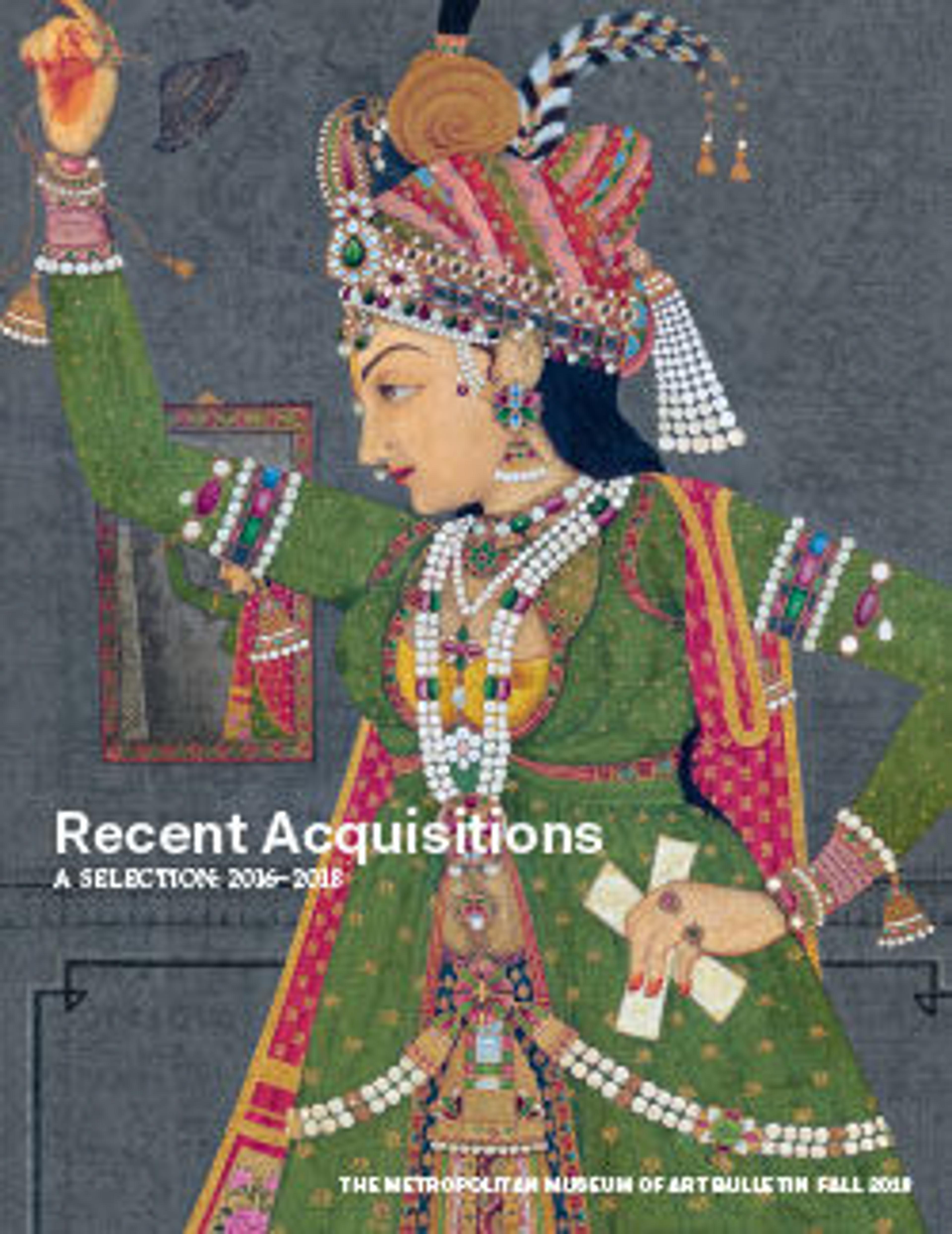Chōmeiji Temple Pilgrimage Mandala
This painting captures the activities of a spring day at Chōmeiji Temple, situated on a hill overlooking Lake Biwa, just east of Kyoto. A wealth of details relates the activities of the temple monks and visitors, who visited the temple to make offerings to the central object of worship, an eleven-headed Kannon, the bodhisattva of compassion. Pilgrimage mandalas (sankei mandara) like this one relate the miraculous stories and seasonal activities of famous temples or shrines. Itinerant preachers used them in a form of storytelling known as etoki, or “picture-narration.” This example was no doubt employed to help raise funds for the rebuilding of the Chōmeiji Temple complex after it was razed by fire in 1516.
Artwork Details
- 長命寺参詣曼荼羅図屏風
- Title: Chōmeiji Temple Pilgrimage Mandala
- Period: Muromachi period (1392–1573)
- Date: second quarter 16th century
- Culture: Japan
- Medium: Hanging scroll remounted as a two-panel folding screen; ink, color, gofun (ground shell pigment), and gold on paper
- Dimensions: Image: 58 3/8 × 63 3/8 in. (148.3 × 161 cm)
- Classification: Paintings
- Credit Line: Purchase, Sue Cassidy Clark Gift, in honor of D. Max Moerman, 2016
- Object Number: 2016.517
- Curatorial Department: Asian Art
More Artwork
Research Resources
The Met provides unparalleled resources for research and welcomes an international community of students and scholars. The Met's Open Access API is where creators and researchers can connect to the The Met collection. Open Access data and public domain images are available for unrestricted commercial and noncommercial use without permission or fee.
To request images under copyright and other restrictions, please use this Image Request form.
Feedback
We continue to research and examine historical and cultural context for objects in The Met collection. If you have comments or questions about this object record, please contact us using the form below. The Museum looks forward to receiving your comments.
